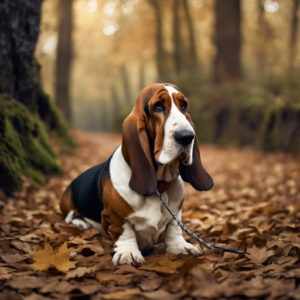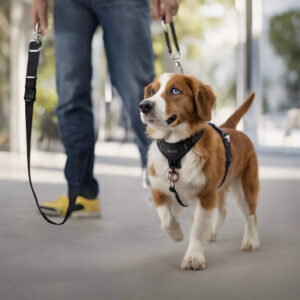Exploring the Digging Instincts of Jack Russell Terriers for Better Management
Understanding the Reasons Behind Jack Russell Terriers’ Digging Behavior
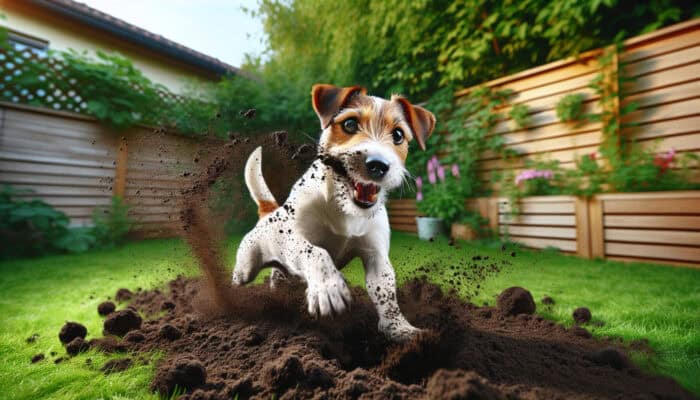
Jack Russell Terriers are renowned for their high energy and curiosity, traits that stem from their historical background as skilled hunters. Bred primarily to pursue and catch small game like foxes and rabbits, these dogs exhibit digging behavior as a natural instinct when following their prey. Understanding the underlying motivations for this behavior is essential for owners who aim to manage it effectively. Common causes of digging in Jack Russells include their innate hunting instincts, feelings of boredom due to a lack of mental stimulation, an overflow of energy, and a desire for comfort or exploration. They may also dig to escape confinement, seek attention, or cope with feelings of stress and anxiety.
By identifying and understanding these diverse motivations, pet owners can implement targeted strategies to effectively curb unwanted digging behavior. This proactive approach not only fosters a well-mannered dog but also enhances the animal’s integration within the household, ultimately minimizing potential property damage and safeguarding the dog’s overall well-being.
Examining the Genetic Factors Influencing Digging Behavior in Jack Russell Terriers
The genetic composition of Jack Russell Terriers significantly influences their behaviors, including their propensity to dig. The breed’s lineage has been cultivated over generations, emphasizing traits that enhance their hunting abilities. By understanding these genetic predispositions, owners can gain valuable insights into the behaviors exhibited by their individual dogs, allowing for better anticipation and management of their digging tendencies. Recognizing the hereditary factors that shape these behaviors enables pet owners to customize their training and management strategies, aligning them more closely with their dog’s natural inclinations.
Identifying Your Jack Russell’s Digging Triggers for Better Management
Identifying the specific triggers that lead to your Jack Russell’s digging behavior is crucial for implementing effective behavior modification strategies. Observing your dog in various environments can provide valuable insights into what prompts their digging. Potential triggers may include the presence of other animals, alterations in their daily routine, or specific stimuli in their surroundings. By meticulously tracking these observations, owners can develop tailored responses aimed at mitigating unwanted digging behaviors. This awareness of triggers empowers owners to cultivate a more harmonious living environment for both the dog and the household.
Implementing Proven Training Methods to Manage Digging Behavior Effectively

Training serves as an invaluable tool for effectively managing the innate digging instincts of Jack Russell Terriers. By employing proven training techniques, owners can redirect this behavior towards more appropriate outlets. Consistent use of commands and rewarding positive actions can lead to significant behavioral improvements over time. Incorporating training methods that emphasize redirection, such as providing designated digging areas, not only encourages healthier digging habits but also reduces unwanted behavior in inappropriate locations. This structured approach fosters a stronger bond between the owner and the dog, promoting a more balanced coexistence.
Expert Guidance on Effectively Managing the Digging Habits of Jack Russell Terriers
Implementing Effective Training Strategies to Manage Digging Behavior
To successfully train Jack Russells to manage their digging tendencies, positive reinforcement and consistency are essential elements. Here are actionable steps to enhance your training process:
- Establish clear commands specifically designed to address and manage digging behavior.
- Utilize treats and praise as rewards when your dog digs in designated areas.
- Redirect digging behavior by encouraging alternative, constructive activities like playing fetch.
- Maintain patience and consistency throughout all training sessions to reinforce learning.
By implementing these training techniques, you can instill better digging habits, creating a structured environment that accommodates your dog’s natural instincts while minimizing disruptions within the household.
Effective Strategies for Redirecting Your Jack Russell’s Digging Behavior
Redirecting your Jack Russell’s digging behavior requires a comprehensive approach tailored to their energy levels and natural instincts. One effective technique involves providing alternative outlets for their excess energy. Engaging them in interactive play, such as fetch or agility training, can significantly reduce their urge to dig. Additionally, introducing puzzle toys that challenge their mental engagement can keep them focused on productive activities, diverting their attention away from unwanted digging behaviors. This proactive approach fosters a more harmonious living environment by channeling the dog’s energy into positive pursuits.
The Importance of Regular Exercise in Managing Digging Behavior
Consistent exercise is crucial in managing the digging instincts of Jack Russell Terriers. Regularly engaging these dogs in physical activities, such as long walks or vigorous play sessions, can greatly lessen their need to dig. For instance, Jack Russells that enjoy frequent hikes or active playtime in dog parks typically have less pent-up energy, which leads to a decrease in digging behaviors at home. Exercise not only tires them physically but also stimulates their minds, effectively mitigating their natural digging instincts and promoting overall well-being.
Practical Techniques for Managing Jack Russell Terrier Digging in Your Home
Creating a Dig-Free Zone Indoors for Better Control
Establishing a dig-free zone indoors is a practical and efficient strategy for managing your Jack Russell’s digging tendencies. This designated area should be clearly marked and reinforced with physical barriers or distractions, such as pet gates or thoughtfully arranged furniture. Providing a variety of toys and engaging activities within this zone can significantly diminish the temptation for your dog to dig in other areas. Additionally, it’s important to monitor your Jack Russell in this space, rewarding them for adhering to the dig-free guidelines while gently redirecting them if they venture toward prohibited areas.
Best Strategies to Protect Your Furniture from Digging
To safeguard your furniture from a Jack Russell’s digging tendencies, consider implementing a combination of deterrents and strategic furniture placement. Utilizing slipcovers or protective barriers can shield your upholstery, while employing sprays specifically designed to deter chewing or digging may also prove effective. Furthermore, arranging your furniture to minimize access to potential digging spots helps maintain the integrity of your home furnishings. This proactive management approach ensures a more harmonious coexistence between your dog and your living space.
How Positive Reinforcement Can Effectively Curb Digging Behavior
Positive reinforcement is a highly effective technique for curbing digging behavior in Jack Russell Terriers. By rewarding your dog when they refrain from digging in inappropriate areas, you reinforce the desired behavior. For instance, offering treats or verbal praise when they choose to engage with toys instead of digging creates a positive association between good behavior and rewards. This method not only diminishes unwanted digging but also strengthens the bond between you and your Jack Russell, fostering a more trusting and cooperative relationship.
Investigating the Research-Backed Benefits of Jack Russell Terrier Digging
Understanding How Digging Provides Essential Mental Stimulation
Engaging in digging activities offers vital mental stimulation for Jack Russells, keeping their minds sharp and actively engaged. This natural behavior allows them to explore their environment, which is crucial for cognitive health. Digging encourages problem-solving skills and exploration, contributing positively to their overall mental well-being. Providing safe digging outlets, such as fenced digging areas or designated spots in the yard, can fulfill their instinctual needs while ensuring that they remain mentally stimulated and satisfied.
How Digging Can Serve as a Form of Physical Exercise
Digging can also serve as a method of physical exercise for Jack Russells. This breed thrives on physical activity, and the act of digging engages various muscle groups, promoting their overall fitness and health. Allowing your Jack Russell to dig in designated areas can help maintain a healthy weight and minimize the risk of obesity-related health issues. By providing appropriate digging outlets, you foster a healthy lifestyle while simultaneously satisfying their natural instincts, ensuring they remain active and healthy.
Recognizing Digging as an Intrinsic Behavior in Jack Russells
Digging is an inherent behavior for Jack Russells, reflecting their deeply embedded hunting instincts. Allowing your dog to engage in this natural behavior within safe boundaries contributes positively to their overall well-being. Understanding that digging serves as a form of expression can help owners better appreciate their dog’s needs. By providing designated digging areas, owners can strike a balance between allowing natural behaviors and maintaining a well-kept home, ensuring both the dog’s happiness and the owner’s peace of mind.
The Role of Digging in Promoting Stress Relief
Digging can act as a significant outlet for stress relief in Jack Russells, promoting a calmer demeanor. When faced with anxiety or environmental stressors, engaging in digging can help them release pent-up energy and provide a sense of comfort. Creating safe spaces for digging can alleviate anxiety and foster emotional well-being. By understanding this aspect of their behavior, owners can cultivate environments that promote calmness and reduce stress-related digging, leading to a more harmonious household.
Enhancing Social Bonding Through Digging Activities
Digging can also strengthen social bonds between Jack Russells and their owners or other dogs. Participating in digging activities together, such as supervised digging in a designated area or engaging in interactive play that involves digging, can enhance these relationships. This shared experience fosters trust and encourages communication, deepening the bond between the dog and their human companions. By incorporating such activities into your routine, you not only enhance the dog’s well-being but also improve the quality of your relationship with them.
Essential Tools and Techniques for Managing Jack Russell Terrier Digging
Identifying the Most Effective Digging Deterrents
When managing digging behaviors in Jack Russells, effective deterrents can play a pivotal role. A variety of products can discourage unwanted digging, including:
- Sprays specifically formulated to deter chewing and digging.
- Physical barriers such as fencing or dig-proof mats.
- Motion-activated devices that emit sounds or spray water to deter digging.
- Natural ingredient repellents designed to discourage digging behaviors.
Utilizing these methods can help safeguard your yard and home, ensuring that your Jack Russell engages in more appropriate activities. The combination of these deterrents, paired with consistent training, can lead to significant improvements in managing their digging behavior, creating a more pleasant living environment for everyone involved.
How to Effectively Utilize Digging Boxes for Your Jack Russell
Digging boxes provide an excellent outlet for your Jack Russell to dig without causing damage to your garden or home. To set up a digging box effectively, select a specific area in your yard, fill it with sand or loose soil, and encourage your dog to dig there. Adding toys or treats to the digging box can further entice your Jack Russell to explore this designated space. Regularly maintaining the box and reinforcing positive digging behavior within it can cultivate a healthy outlet for their instincts, keeping both your dog and your property safe.
Training Aids That Can Assist in Controlling Digging Behavior
Several training aids can be beneficial in managing a Jack Russell’s digging behavior. The most effective tools include:
- Clickers for reinforcing positive behaviors.
- Leash training to help manage their movements outdoors.
- Treats for rewarding desired behaviors after successful redirection.
- Interactive toys that keep them engaged and mentally stimulated.
Incorporating these aids into your training routine can enhance your ability to control and modify digging behaviors effectively, promoting a harmonious living environment for both the dog and the household.
Strategies for Redirecting Digging Behavior to Appropriate Areas
Redirecting a Jack Russell’s digging behavior to suitable areas can be achieved through a variety of strategies. First, it is crucial to provide a specific, enjoyable place for them to dig, such as a designated digging box or area in the yard. Second, engaging them in interactive activities like fetch or agility exercises can help channel their energy into non-destructive behaviors. Lastly, consistently rewarding them whenever they dig in the appropriate areas reinforces the desired behavior, making it clear where they are permitted to express their digging instincts.
Long-Term Strategies for Effectively Managing Digging in Jack Russell Terriers
Establishing Consistent Routines for Your Jack Russell’s Well-Being
Creating consistent routines can significantly assist in managing a Jack Russell’s digging behavior over time. Developing a structured daily schedule that includes regular exercise, playtime, and training sessions can help your dog feel secure and engaged. This predictability reduces anxiety and decreases the likelihood of digging as a response to boredom or stress. Incorporating activities that cater to their natural instincts, such as scent games or digging in designated areas, reinforces positive behaviors and creates a balanced lifestyle for your dog.
The Importance of Monitoring Progress and Adjusting Strategies
Monitoring your Jack Russell’s digging behavior and adjusting strategies as needed is vital for effective long-term management. Keeping track of any changes in their digging frequency or triggers provides insights into what strategies are successful and which may need modification. Recognizing signs of progress—such as less frequent digging in unwanted areas or successful engagement in designated digging spots—allows for timely adjustments to your training methods. This ongoing evaluation ensures that your strategies remain effective and aligned with your dog’s evolving needs and circumstances.
Building a Strong Bond with Your Jack Russell for Better Behavior
A strong bond between you and your Jack Russell significantly influences their behavior. Building trust through regular interaction, training, and shared activities enhances your dog’s emotional security, making them less likely to dig out of anxiety or boredom. Engaging in enjoyable, interactive play and dedicating quality time together can foster this connection, ultimately leading to improved behavior and a deeper understanding of their needs. This bond not only enhances your dog’s happiness but also contributes to a more fulfilling relationship.
Understanding Positive Reinforcement Techniques to Curb Digging
Implementing positive reinforcement techniques to encourage desired behaviors can effectively reduce digging in Jack Russells. Identifying what motivates your dog—whether it be treats, praise, or toys—can enhance the impact of positive reinforcement. For example, rewarding your Jack Russell immediately after they dig in a designated area reinforces this behavior, while ignoring or redirecting them from unwanted digging minimizes the likelihood of repetition. This balanced approach cultivates a positive learning environment, allowing both you and your dog to thrive together.
Creating Designated Digging Areas for Satisfying Instincts
Providing a specific spot for your Jack Russell to dig can satisfy their instinctual needs while protecting your home and garden. Training them to utilize this area involves consistent reinforcement and positive experiences. Introducing digging toys or burying treats in the designated area can entice them to explore and engage in digging activities there. Over time, with continuous positive reinforcement, your Jack Russell will learn to associate digging with the allocated space, promoting healthier and more acceptable behaviors.
Frequently Asked Questions about Jack Russell Terrier Digging Behavior
What are the main reasons for Jack Russells to dig?
Jack Russells dig for a variety of reasons, including boredom, instinctual hunting behavior, and the need to relieve stress. Understanding these triggers can help mitigate unwanted digging and promote a healthier lifestyle for your dog.
Is it possible to train a Jack Russell to stop digging?
Yes, with consistent training and positive reinforcement, digging behavior can be effectively modified. Redirecting them to appropriate digging areas and rewarding desired behaviors are key strategies in this process.
How much daily exercise do Jack Russells require?
Jack Russells need at least 30 to 60 minutes of exercise each day. Regular physical activity is essential for their mental and physical health, which helps reduce their urge to dig and keeps them content.
Are digging boxes effective for managing Jack Russell behavior?
Absolutely, digging boxes provide a safe and enjoyable outlet for Jack Russells to dig. They meet their natural instincts while protecting your home and garden from unwanted digging behaviors.
What are some common digging deterrents for Jack Russells?
Common digging deterrents include sprays that discourage digging, physical barriers, and motion-activated devices that effectively prevent unwanted behavior. These tools can help maintain a peaceful environment.
How can I tell if my Jack Russell is bored?
Signs of boredom in Jack Russells may include excessive digging, destructive behavior, or persistent barking. Engaging them in stimulating activities can help alleviate these issues and keep them mentally active.
Is it normal for Jack Russells to dig indoors?
While it is natural for Jack Russells to dig, especially during play, excessive indoor digging may indicate boredom or anxiety. Providing appropriate outlets for their energy is essential to maintain a well-behaved dog.
Can I completely eliminate digging behavior in my Jack Russell?
While it may be challenging to completely stop digging behavior, it can be effectively managed through training, redirection, and providing suitable outlets for their natural instincts.
What should I do if my Jack Russell digs in the garden?
If your Jack Russell digs in the garden, redirect their digging to a designated area. Employ barriers, deterrents, and positive reinforcement to manage this behavior effectively and protect your garden.
What are effective ways to strengthen the bond with my Jack Russell?
Strengthening your bond involves regular interaction, playtime, and training. Engaging in shared activities and providing positive experiences fosters trust and improves behavior, creating a more harmonious relationship.
Connect with us on Facebook for more tips and community support!
The Article Jack Russell Terrier Digging Habits: A Comprehensive Guide First Published On https://elgatoencasa.com
The Article Jack Russell Terrier Digging Habits Explained: A Complete Guide Was Found On https://limitsofstrategy.com








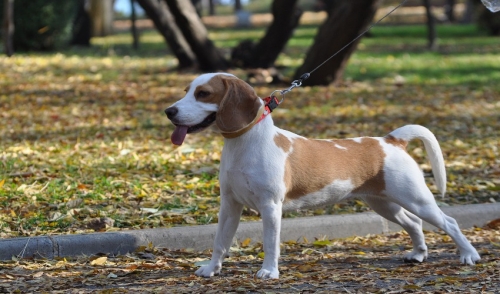

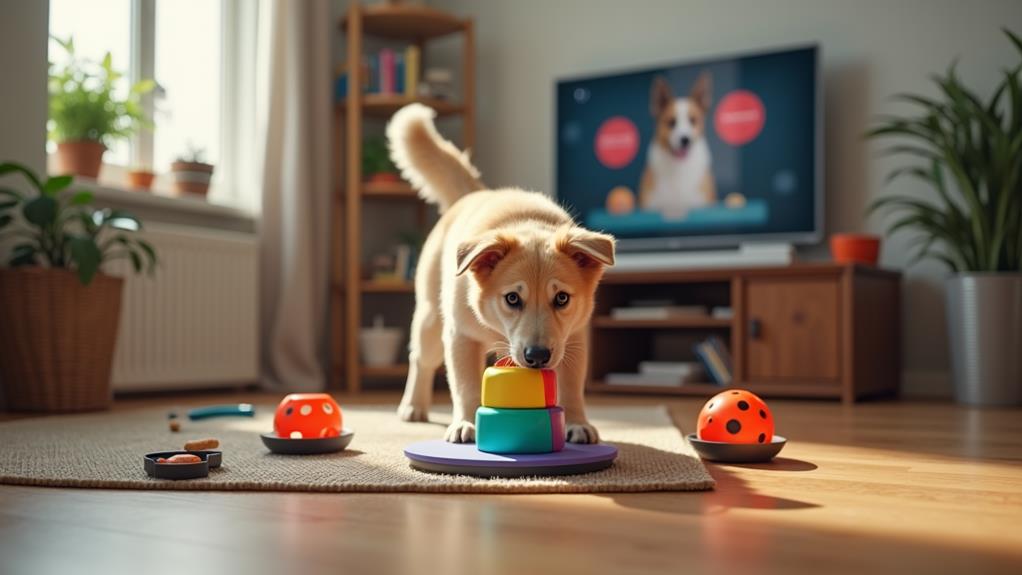

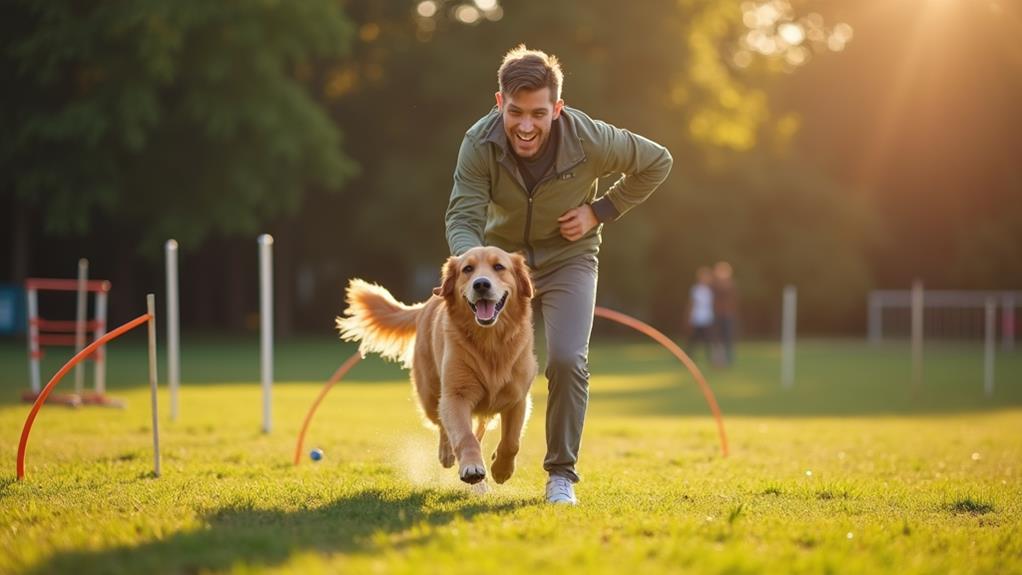
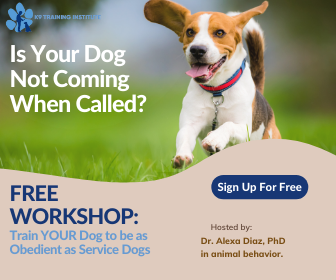

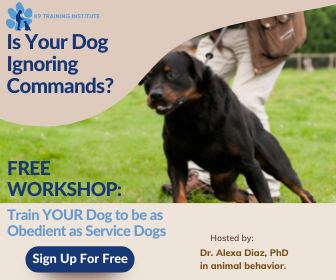





 At Home, Yard, or Park
At Home, Yard, or Park



 Puppy Pads and Cleaning Supplies
Puppy Pads and Cleaning Supplies








 Establishing a Consistent Potty Training Routine
Establishing a Consistent Potty Training Routine

 Common Signs Your French Bulldog Needs to Go Potty
Common Signs Your French Bulldog Needs to Go Potty




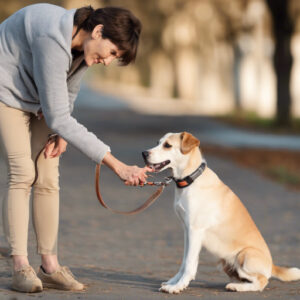
 Increasing the Duration and Distance of Walks
Increasing the Duration and Distance of Walks